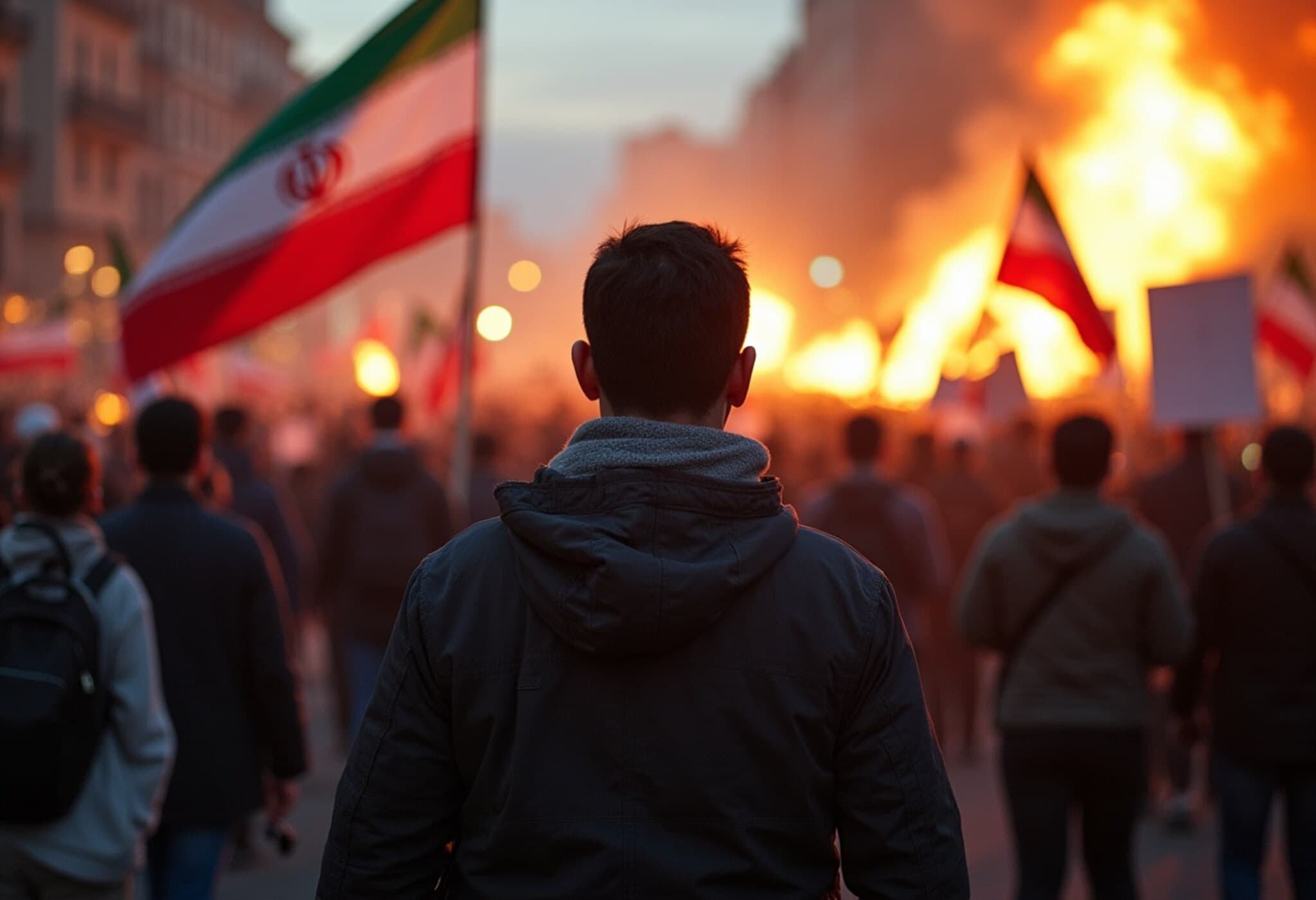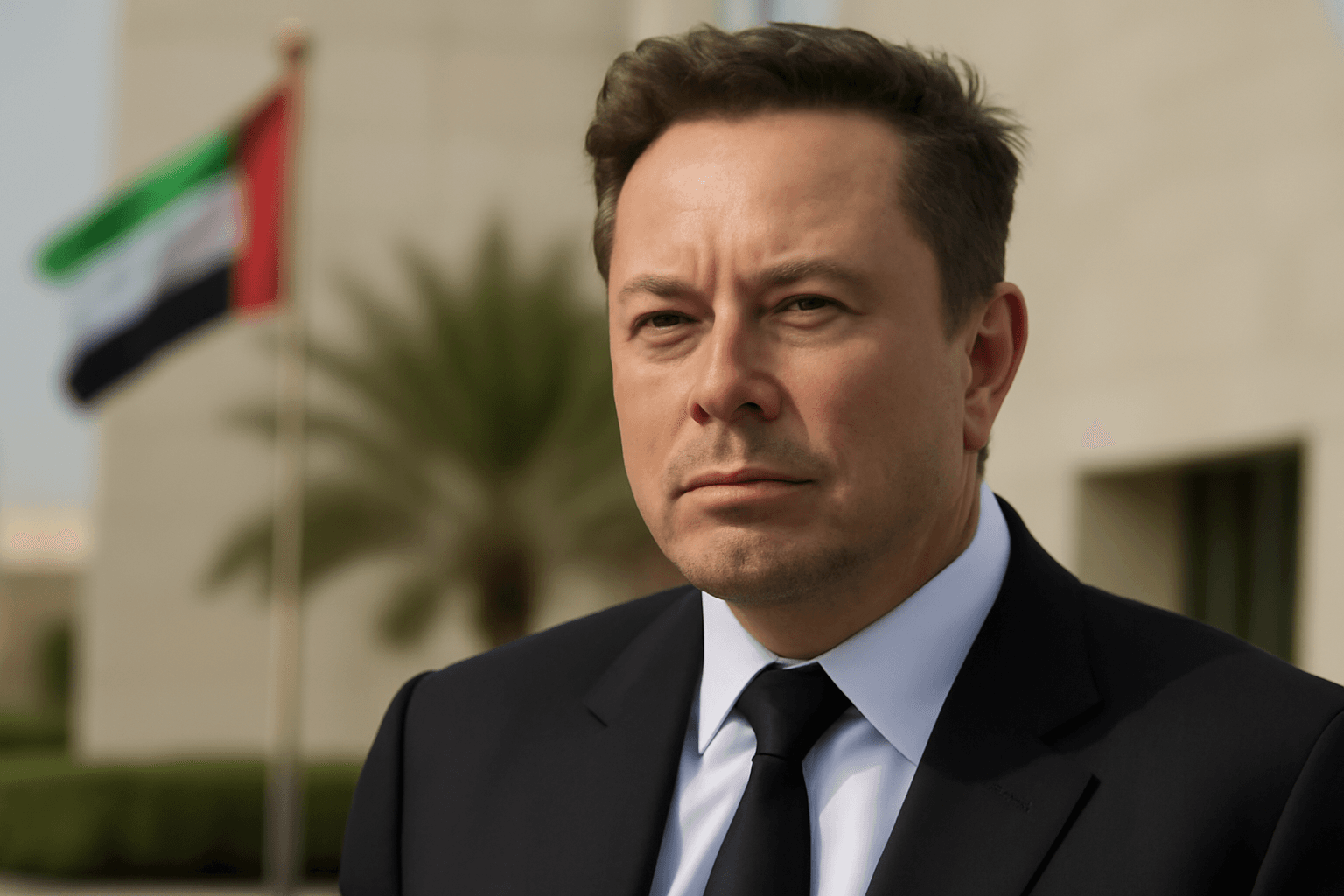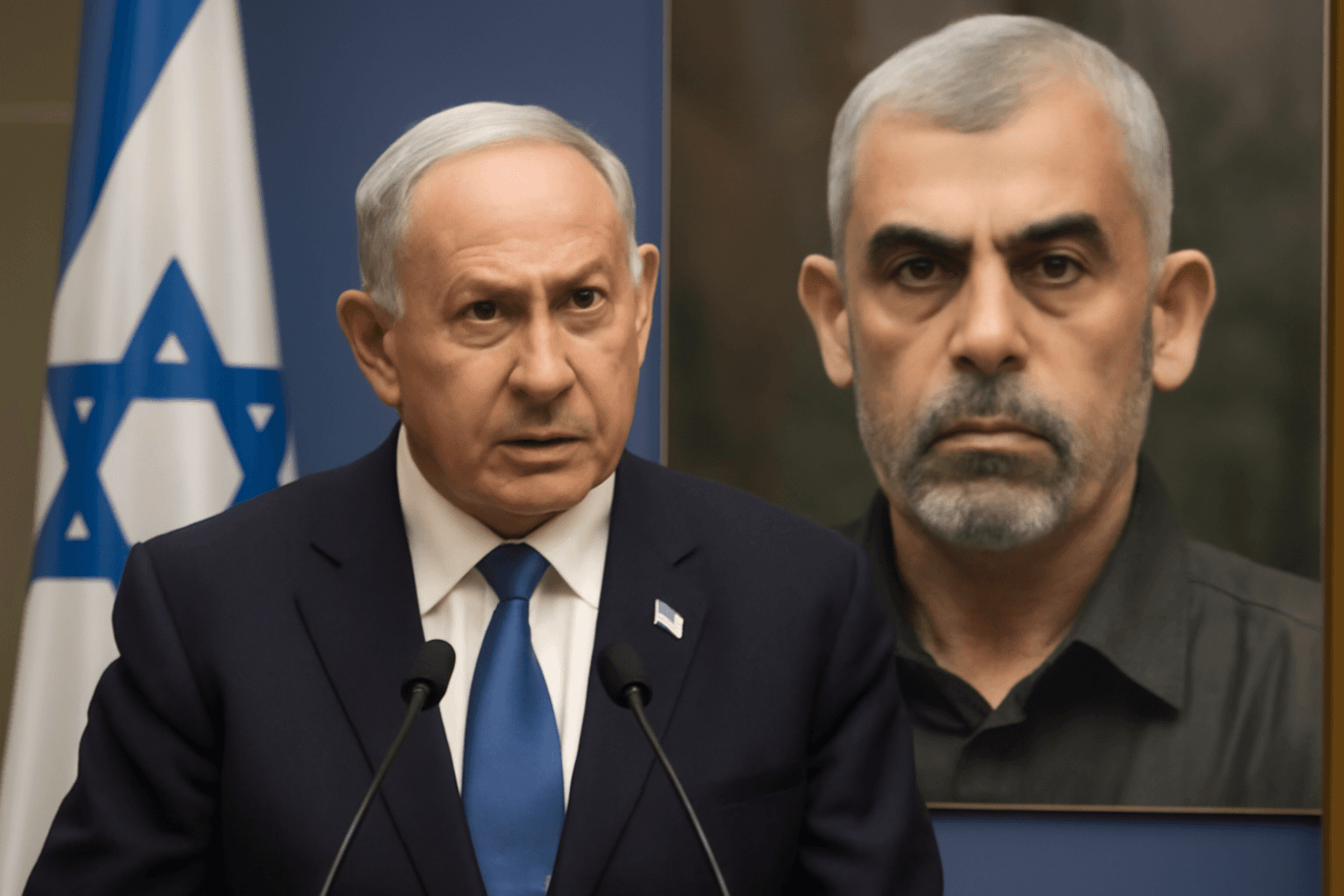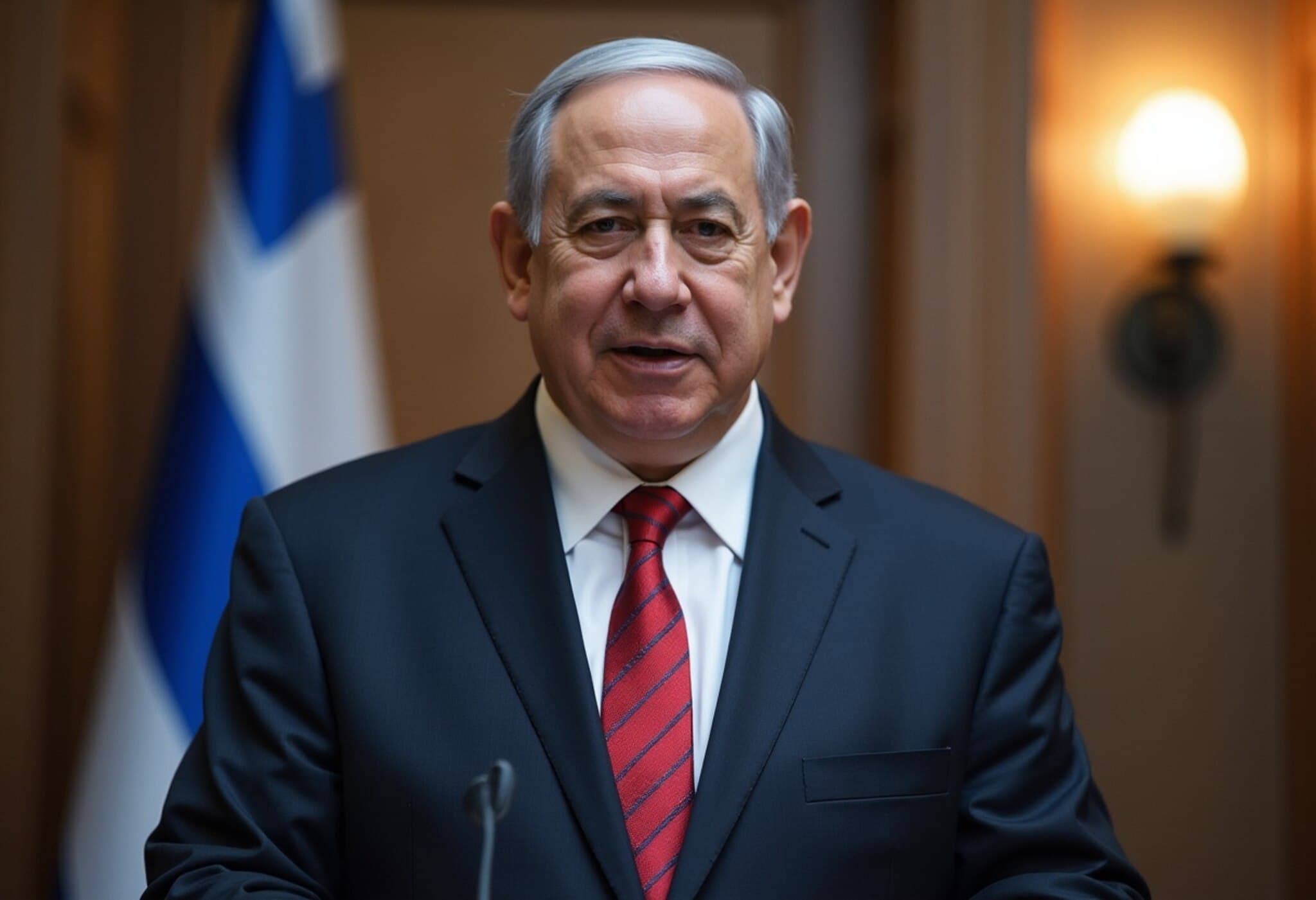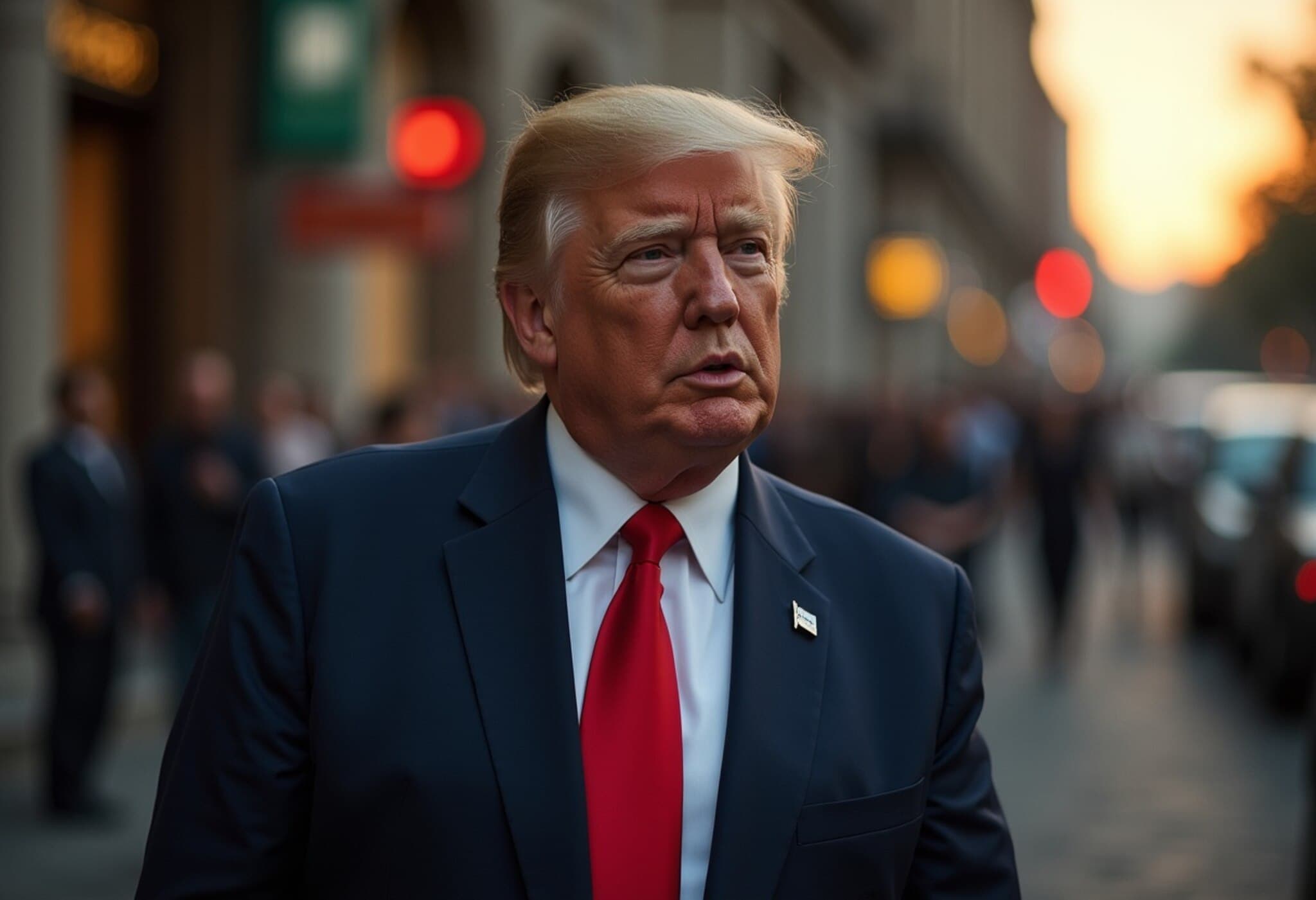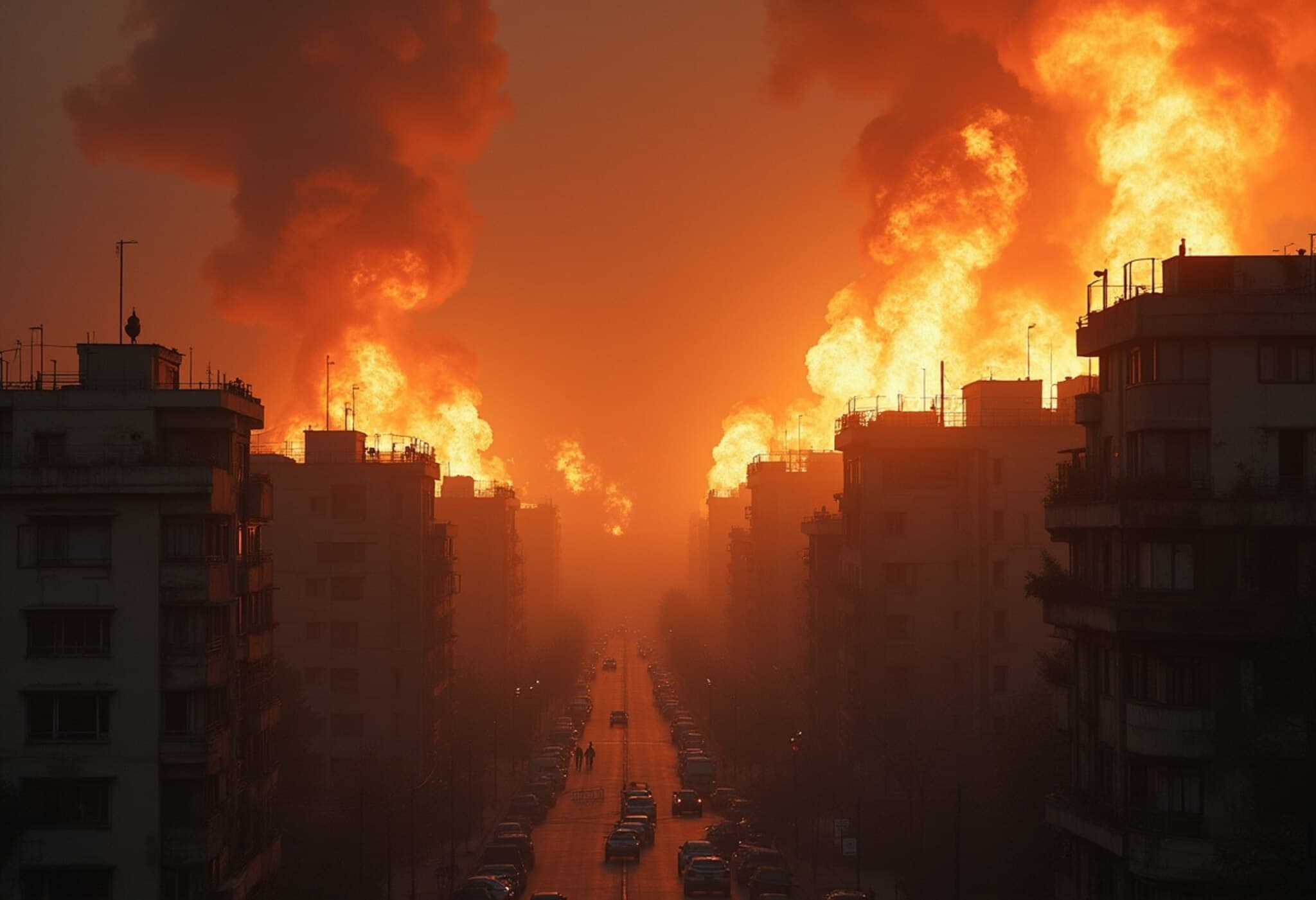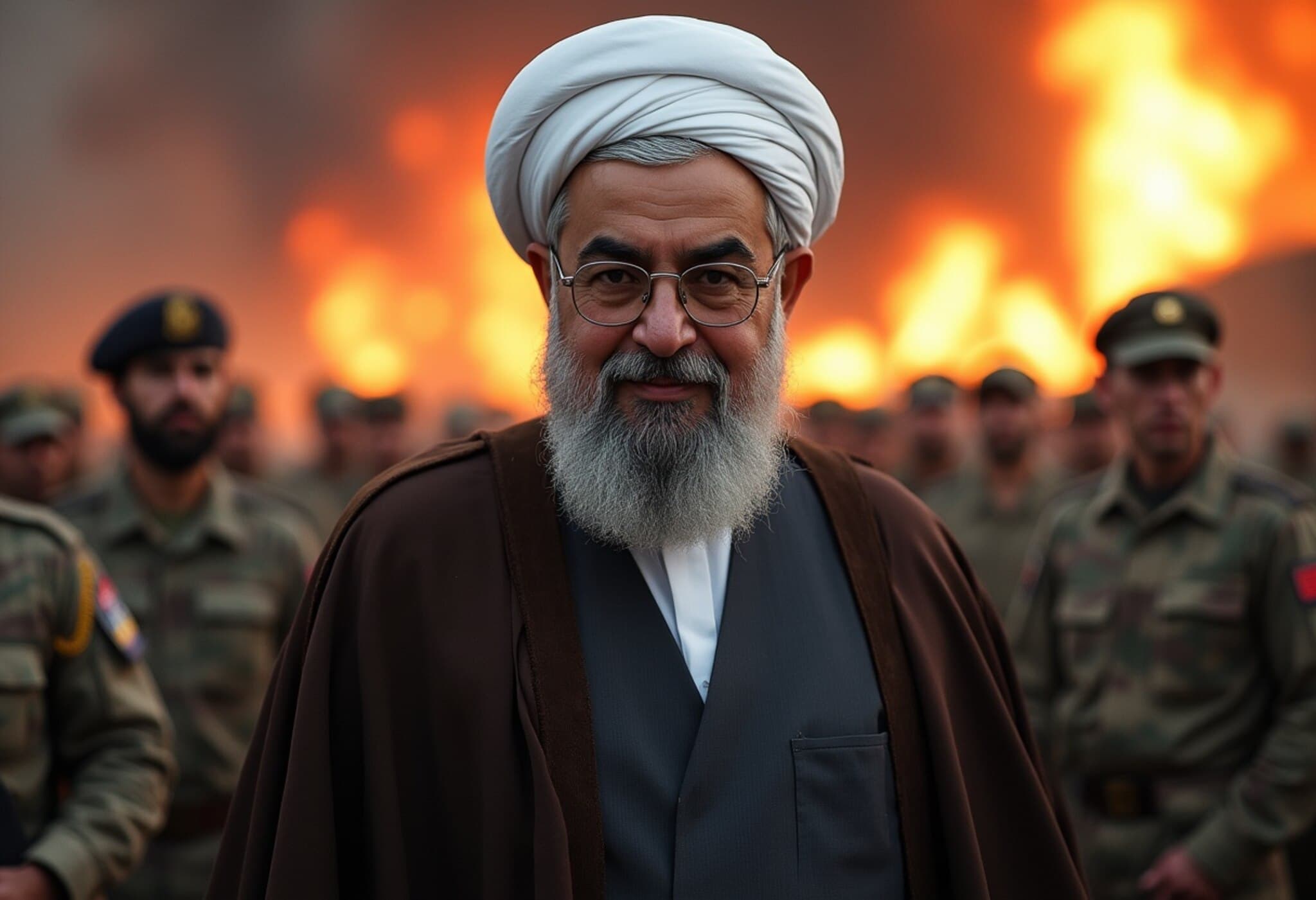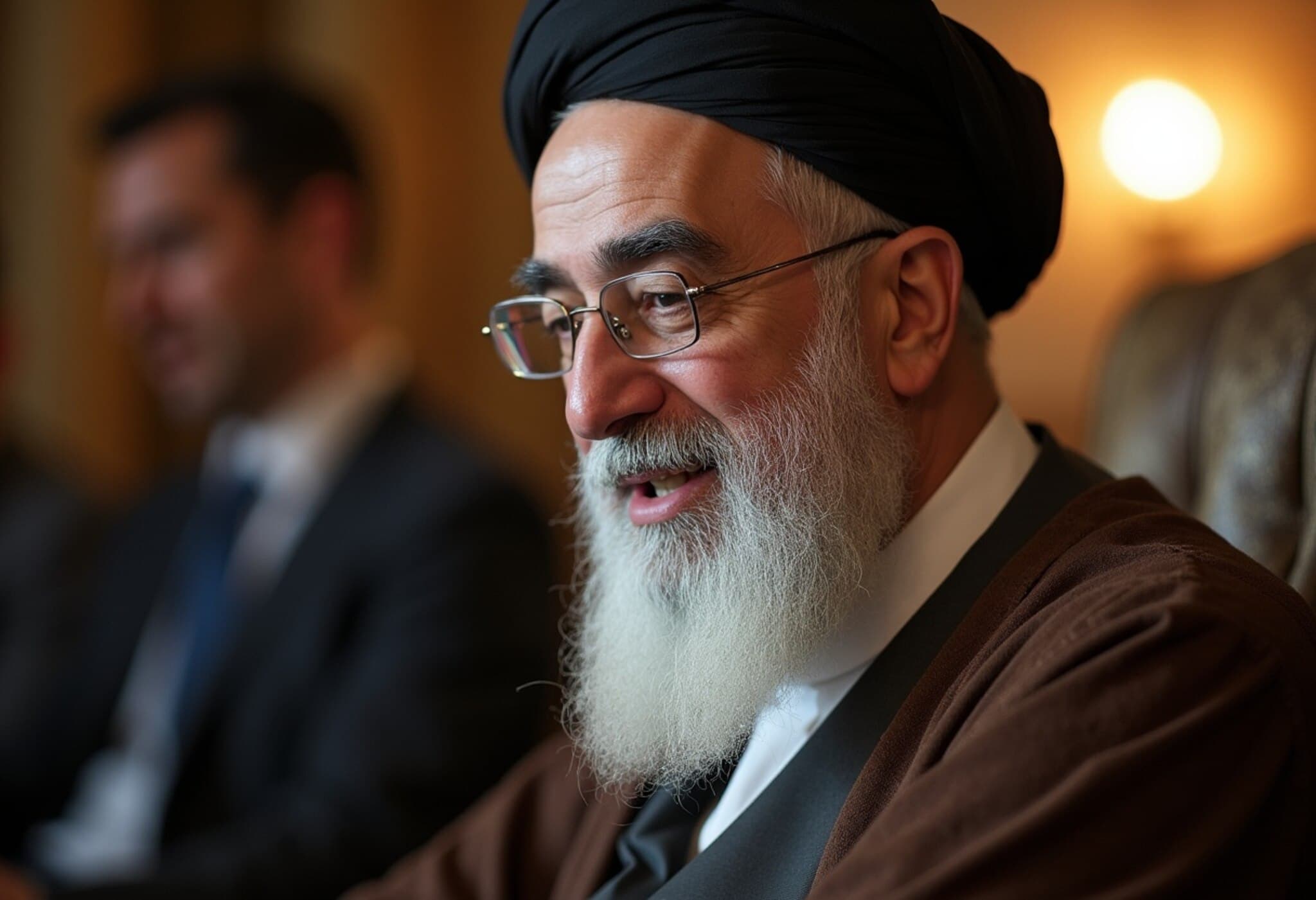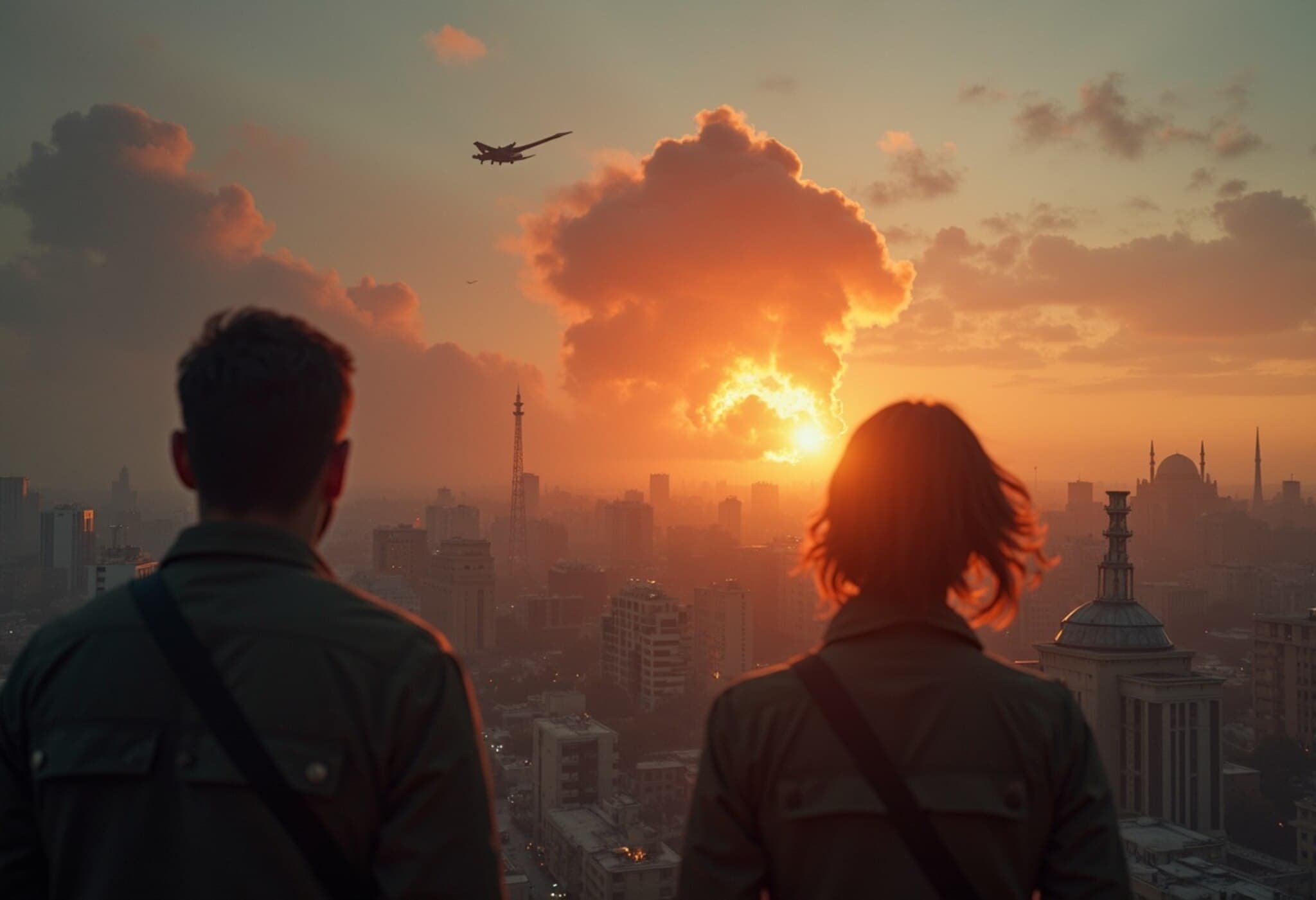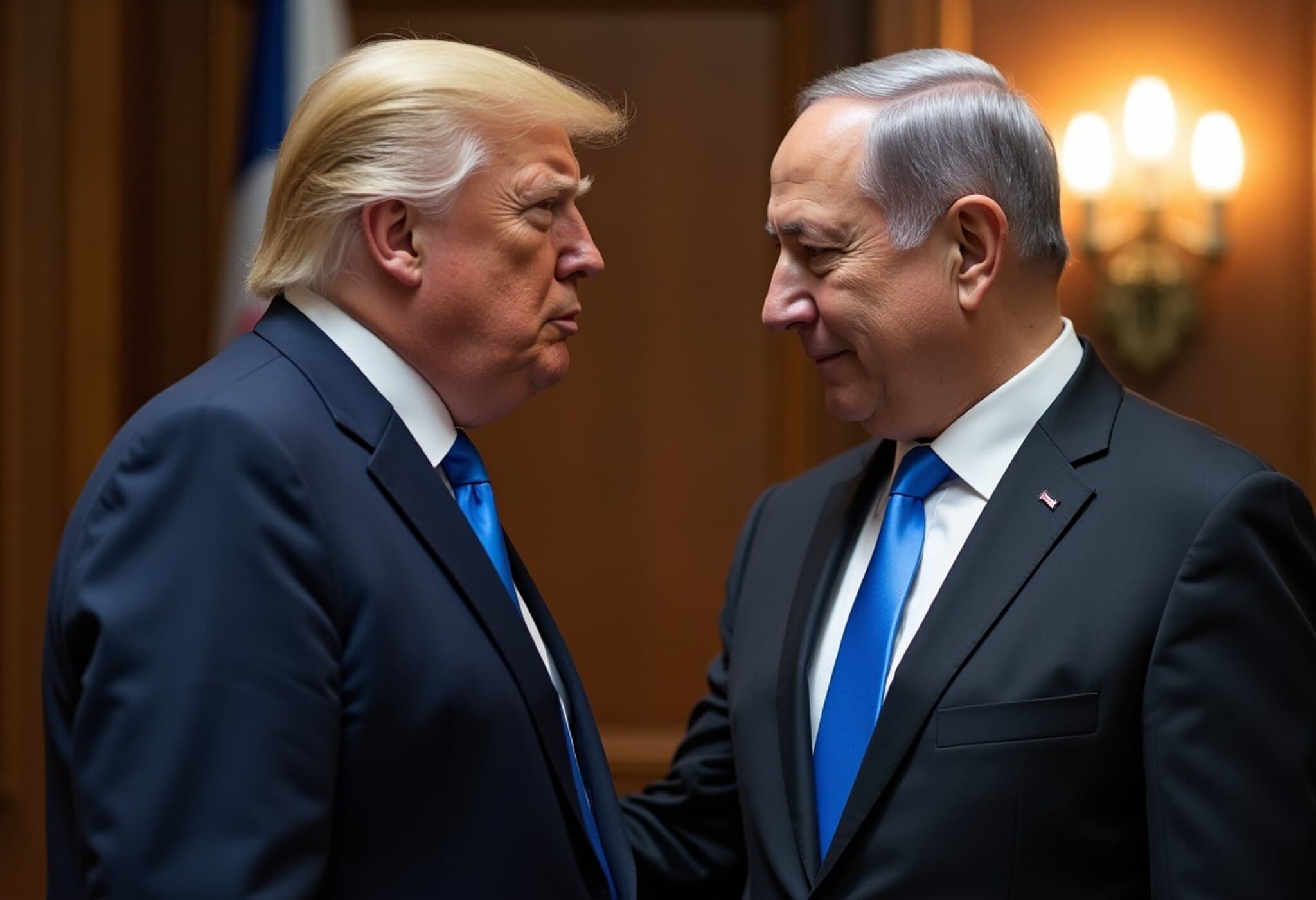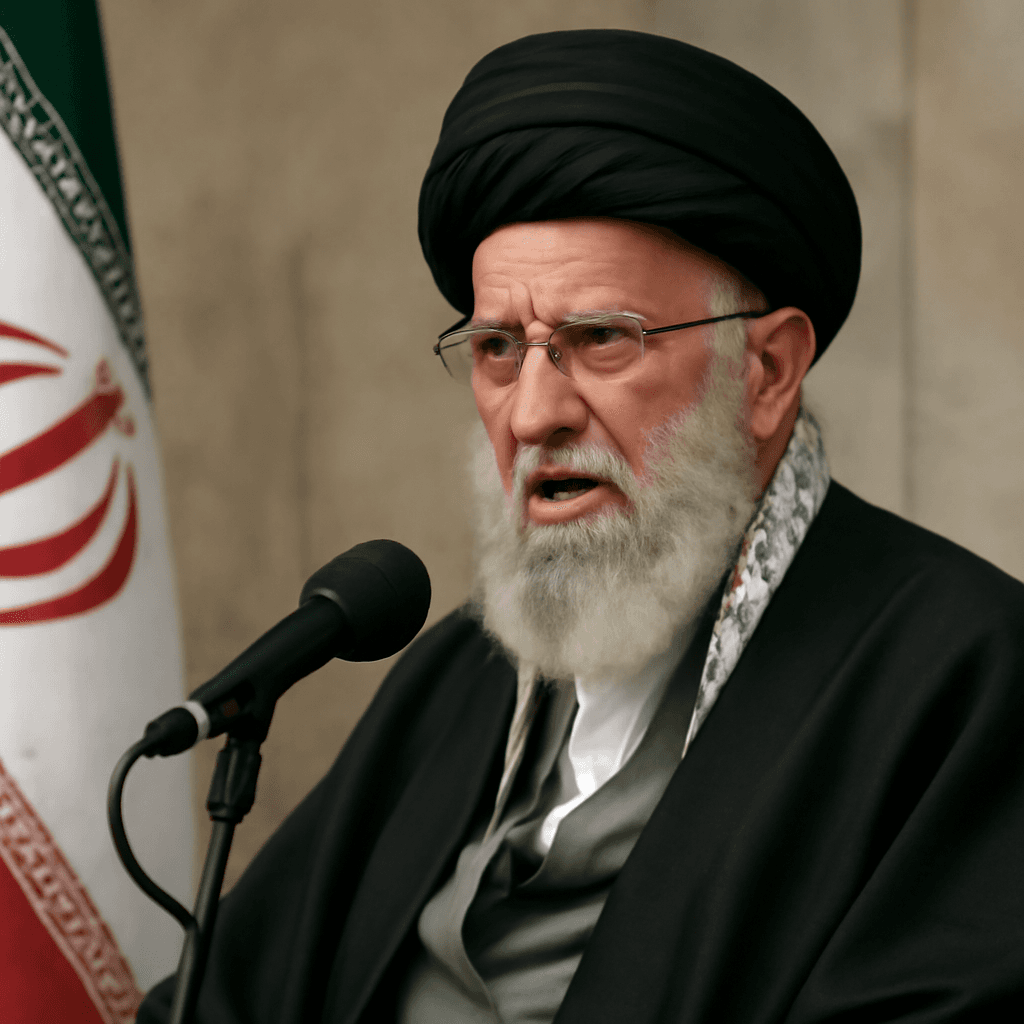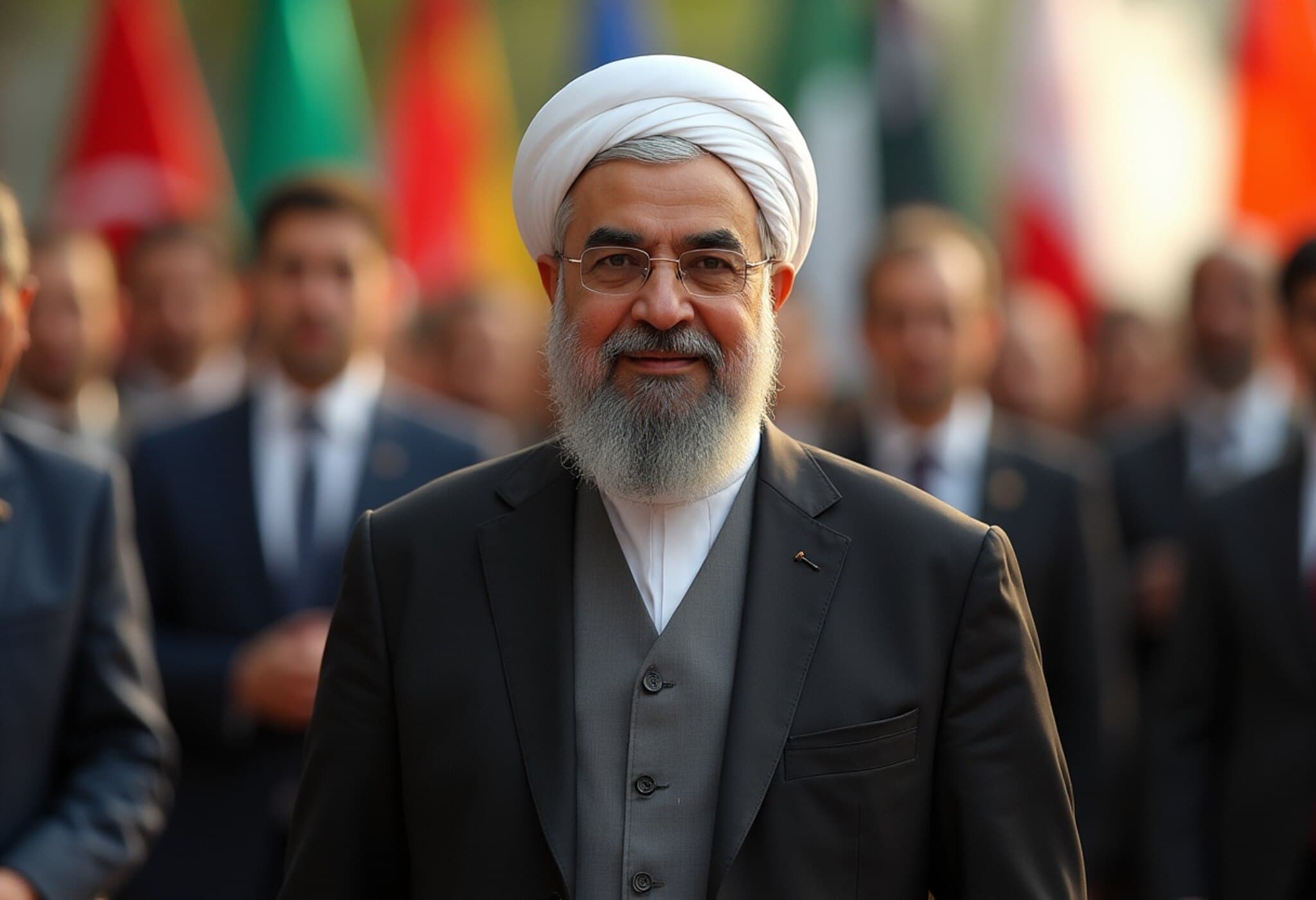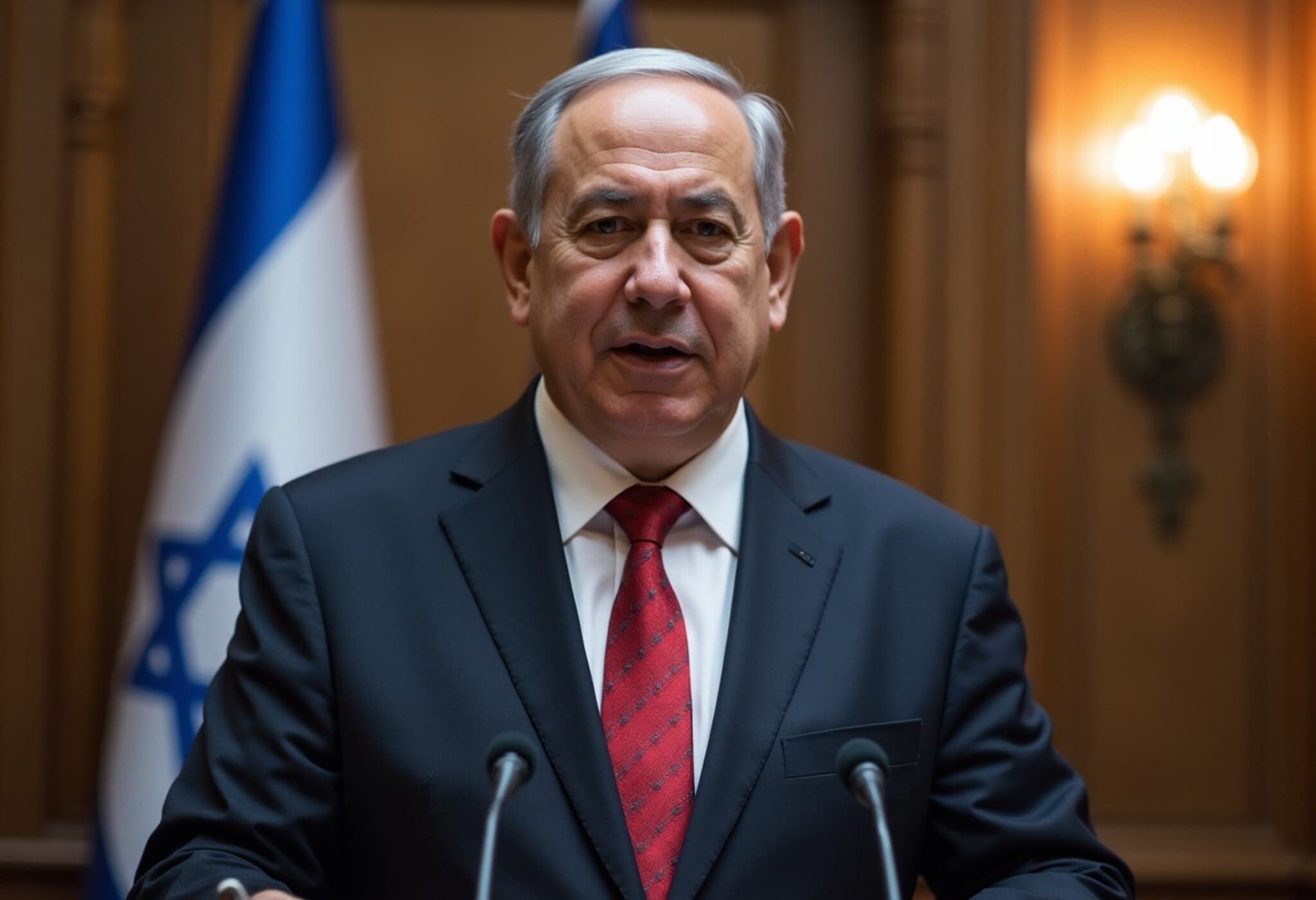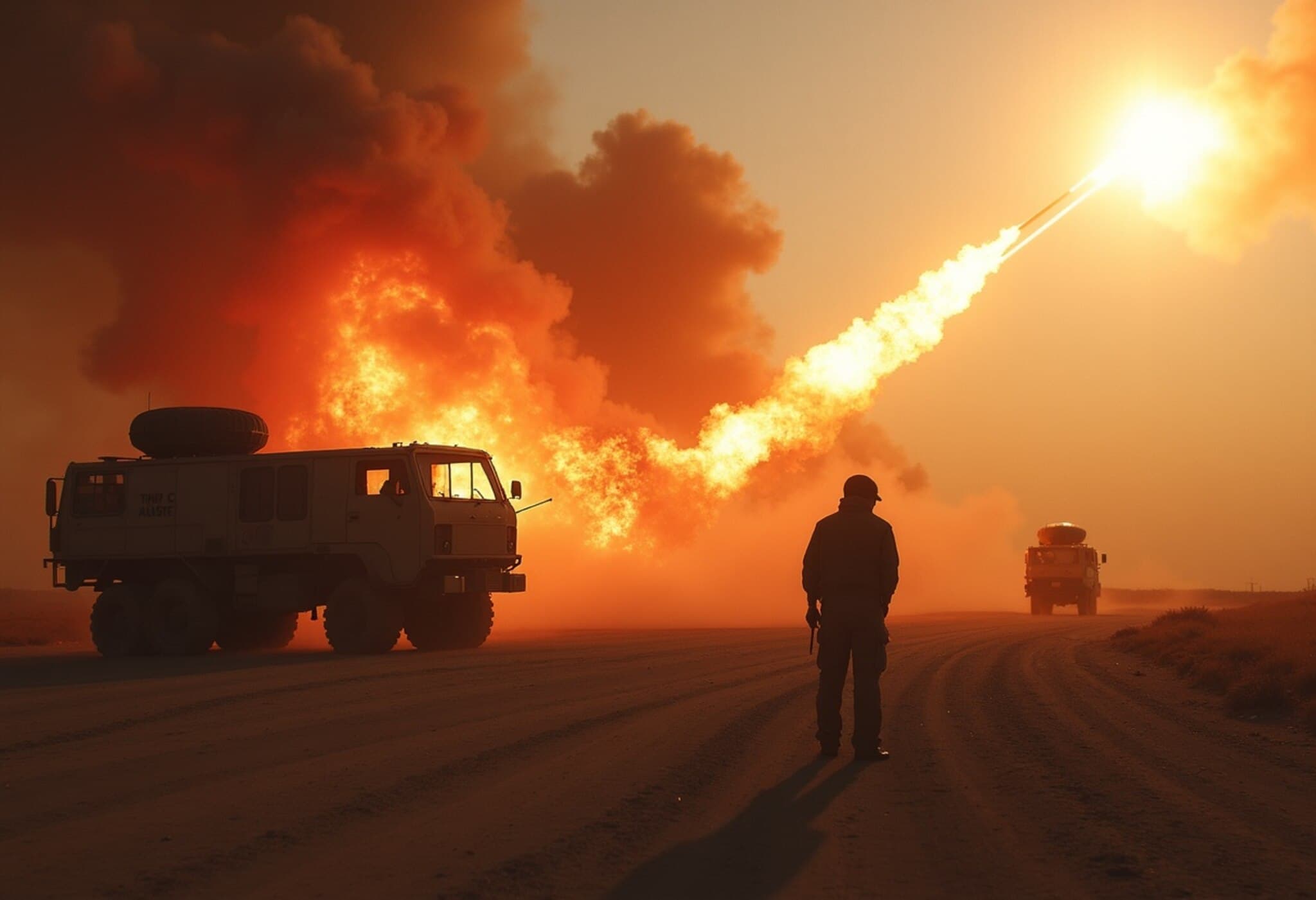Why Iranian Activists Are Reluctant to Protest Against Khamenei's Regime
Despite mounting tensions and growing calls for change, many Iranian activists remain hesitant to spark widespread protests against the Islamic Republic's leadership. While exiled opposition groups push for street demonstrations and separatist factions in the border regions appear readying for action, those who have witnessed past unrest are cautious about igniting fresh turmoil amidst ongoing external attacks.
Opposition Divisions and External Pressures
The Iranian opposition is far from unified. Exiled factions, including monarchists led by the late shah’s son Raze Pahlavi, have declared that now is their "moment in history" to initiate political transition. Concurrently, the People's Mujahideen Organization of Iran (MEK), known for its contentious history during and after the 1979 revolution, continues to oppose both clerical rule and monarchy, advocating for an entirely new political order.
Adding to the chaos, Israeli military strikes targeting Iran’s security infrastructure have intensified. Israeli leadership openly states that weakening Tehran’s regime is part of their strategic objective, urging Iranians to seek freedom amidst this pressure. Yet, these strikes have heightened fear and confusion among ordinary citizens, who grapple with insecurity rather than immediate calls for protest.
Street-Level Reluctance: Survival Over Strife
Prominent activists with histories of imprisonment, such as Atena Daemi, emphasize that most people are focused on basic survival, shielding their families and communities from harm. Daemi articulates the challenge plainly: “How are people supposed to pour into the streets amid such horrifying circumstances?”
Nobel Peace laureate Narges Mohammadi echoes this caution, urging against destruction and warning that times of crisis don’t necessarily translate to readiness for mass demonstrations. Others who participated in the massive protests following Mahsa Amini’s death in 2022 also report no plans to rally imminently, waiting instead for the conflict to subside before raising their voices.
Complicated Loyalties and Historical Wounds
Many within Iran remain skeptical of opposition groups based abroad, often viewing their agendas as self-serving or disconnected from the current realities. Memories linger of the MEK's alignment with Iraq during the prolonged 1980-88 war and accusations of cult-like practices within their ranks, which continue to affect their standing domestically.
In contrast, various protest movements inside Iran have historically centered around specific grievances—from electoral fraud in 2009 and economic hardship in 2017, to women's rights in 2022—rather than unified calls for regime overthrow. Figures like Mir-Hossein Mousavi once championed reform rather than complete replacement, highlighting the complexity of aspirations among different segments of society.
What Lies Ahead?
As tensions escalate with ongoing airstrikes and geopolitical pressure, Iranian activists face difficult questions: when or if to rise again, what objectives to pursue, and which leadership to trust. These challenges underscore the broader struggle within Iran between fear, hope, and the yearning for meaningful change — a struggle intensified by external influences and deep internal divisions.
For now, survival takes precedence over confrontation on the streets, leaving the path toward any popular uprising uncertain.

